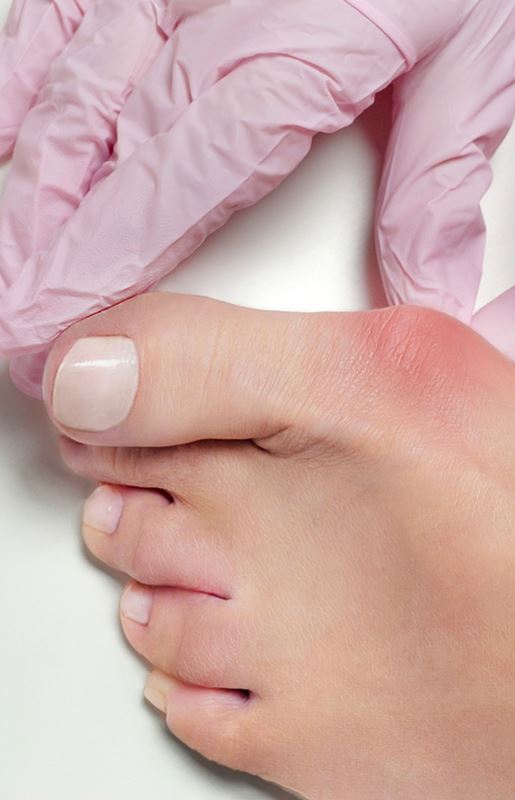Bunion Surgery
- Home
- Services
- Orthopaedics
- Foot Orthopaedics
- Bunion Surgery
What is Bunion surgery?
Bunion surgery is a very common procedure to remove painful bunions and restore range of movement to the foot. It is only considered if the bunion has not responded to more conservative treatment such as pain-relief and rest. As bunions come in all shapes and sizes with varying degrees of severity, your doctor may use a few different techniques during the operation. In milder cases, bunion surgery aims to correct any visual deformity by removing the enlarged portion of bone (Exostectomy). This is often combined with a procedure that realigns the toe joint into a normal position (Osteotomy). When bunions are caused by disease such as arthritis and the joint is severely damaged, the bone may need to be cut, repositioned, and secured using pins and screws (Arthrodesis). Bunion surgery can also help loosen or tighten connective tissue where needed.
Is it right for me?
Bunions usually develop very slowly, and some people can have them for years without experiencing any real problems. If you are suffering from ongoing and severe bunion pain and you have tried relieving the pressure using cushioned pads, bunion correctors, orthotics, ice and heat and pain-relief medication without success, your doctor may recommend bunion removal surgery as a final consideration. Bunion surgery might also be considered if your bunion causes a visual deformity, toe misalignment (such as your big toe drifting inwards towards your little toe), or you are experiencing a noticeable reduction in flexibility and function. These symptoms can make the simple act of wearing shoes and walking very uncomfortable, and significantly affect your quality of life. Bunion removal surgery is a highly effective procedure in relieving pain and restoring function to the foot. As each case is individual, it’s a good idea to talk to your doctor to understand what your foot will look like after bunion surgery.
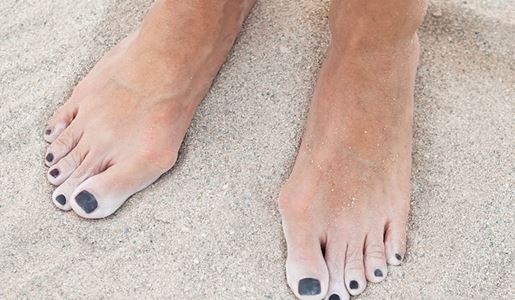
Other foot surgeries and procedures
- Plantar Fasciitis surgery
- Hammer Toe surgery
- Flat Foot Surgery
- Foot Fusion surgery
- Neurectomy Foot surgery
Common foot conditions
Bunion Surgery - Patient Journey
Bunion surgery is a successful and effective medical procedure to remove the bunion from your foot, realign the foot structure and relieve painful symptoms. If your bunions are causing ongoing pain that cannot be relieved through a change of footwear, rest or medication, your doctor may recommend bunion surgery to restore your foot function and quality of life. There are several types of bunion surgery available, and the extent of the operation will depend on the bunion size and degree of severity. We understand that any kind of medical procedure can be overwhelming, which is why we have multi-disciplinary teams on hand to support you at every stage. We are dedicated to providing a safe and comfortable patient experience at all times.
Deciding where to have your bunion surgery is extremely important, and you should take some time to research your options carefully. Ask your doctor for some recommendations and use the opportunity to find out any relevant information, such as the benefits and risks of bunion surgery, and what results you can expect to see after surgery. Once you are happy with your decision, you can book a consultation appointment with your chosen specialist.
At this appointment your specialist will conduct a thorough medical examination and gather information about your general health. You may be required to have a special weight-bearing foot X-Ray to help your doctor plan for surgery. Your consultation can also be used to answer any questions you may have about your condition, including how the bunion surgery will be performed, whether you require minimally invasive or open surgery, and what you can expect your recovery to look like. Once your doctor has advised on a course of treatment, you can begin to prepare for your hospital admission and surgery.
Your doctor will talk to you about what you need to do to prepare for bunion surgery which may include taking or stopping any prescribed medications. As your mobility is likely to be limited after the operation, make sure you leave essential items within easy reach and organise a friend to help with daily tasks until you are cleared to bear weight and drive. When you arrive at hospital, our team will make sure you are comfortable, and your specialist will visit you to answer any final questions.
On the day of your bunion surgery, it is important to follow your surgeon’s fasting advice to prevent any delays to your procedure. Once at hospital, your anaesthetist will talk to you about the type of anaesthetic to be used and the procedure involved. The operation itself can take up to 2 hours depending on the size and severity of the bunion. Once the surgery is complete, you will transfer to the recovery ward and will usually be discharged the same day.
After bunion surgery, your foot will be strapped in a specific way and you should be able to return home the same day. You may need to wear a cast or special type of boot to protect your toe for a few weeks while it heals. It’s completely normal for the swelling to increase in the first 6 weeks as your foot recovers, and your doctor will advise on using elevation, ice and heat to manage this. As each surgery is different, the recovery will vary by patient.
The rehabilitation program after bunion surgery will depend on the extent of the procedure. Certain types of bunion surgery require a period of non-weight-bearing to allow the bones to fully heal, whereas some bunion procedures will allow the foot to carry weight in a special boot soon after surgery. During the first few weeks it’s important to keep your foot elevated as much as possible. Crutches can be used to move around, and driving is restricted until cleared by your doctor. It can take 6-12 weeks for the bone to heal, but a full recovery could take up to one year. Your doctor will provide specific strength exercises and advise on the most appropriate footwear while your foot recovers in order to prevent further bunions developing.
Bunion Surgery FAQs
If your bunions are causing severe and ongoing foot pain that cannot be relieved by medication, comfortable shoes or rest, your doctor may suggest talking to a specialist about bunion surgery. Signs and symptoms include:
- A bump at the base of your big toe, or the outside of your little toe
- Swelling, inflammation and pain
- Stiffness
- Limited movement
- Painful symptoms even in wide-toed shoes
Contact us today for a Foot & Ankle specialist consultation and learn more about how you could benefit from bunion surgery.
Find a hospital with orthopaedic services
Our Hospitals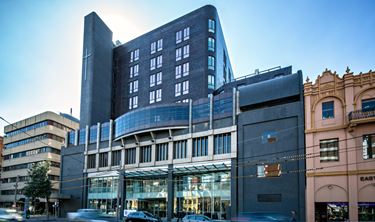
Related services
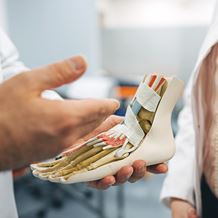
Foot Orthopaedics
Our foot orthopaedic surgeons are highly trained in treating foot complaints.
Read More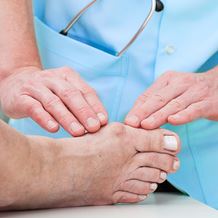
Bunion Surgery – Day of Surgery
Bunion surgery, is a common medical procedure to reduce the pain and deformity.
Read More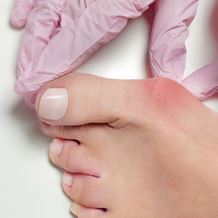
Bunion Surgery – Your Recovery
As bunions can vary in shape, size and severity, the recovery from surgery varies.
Read More
